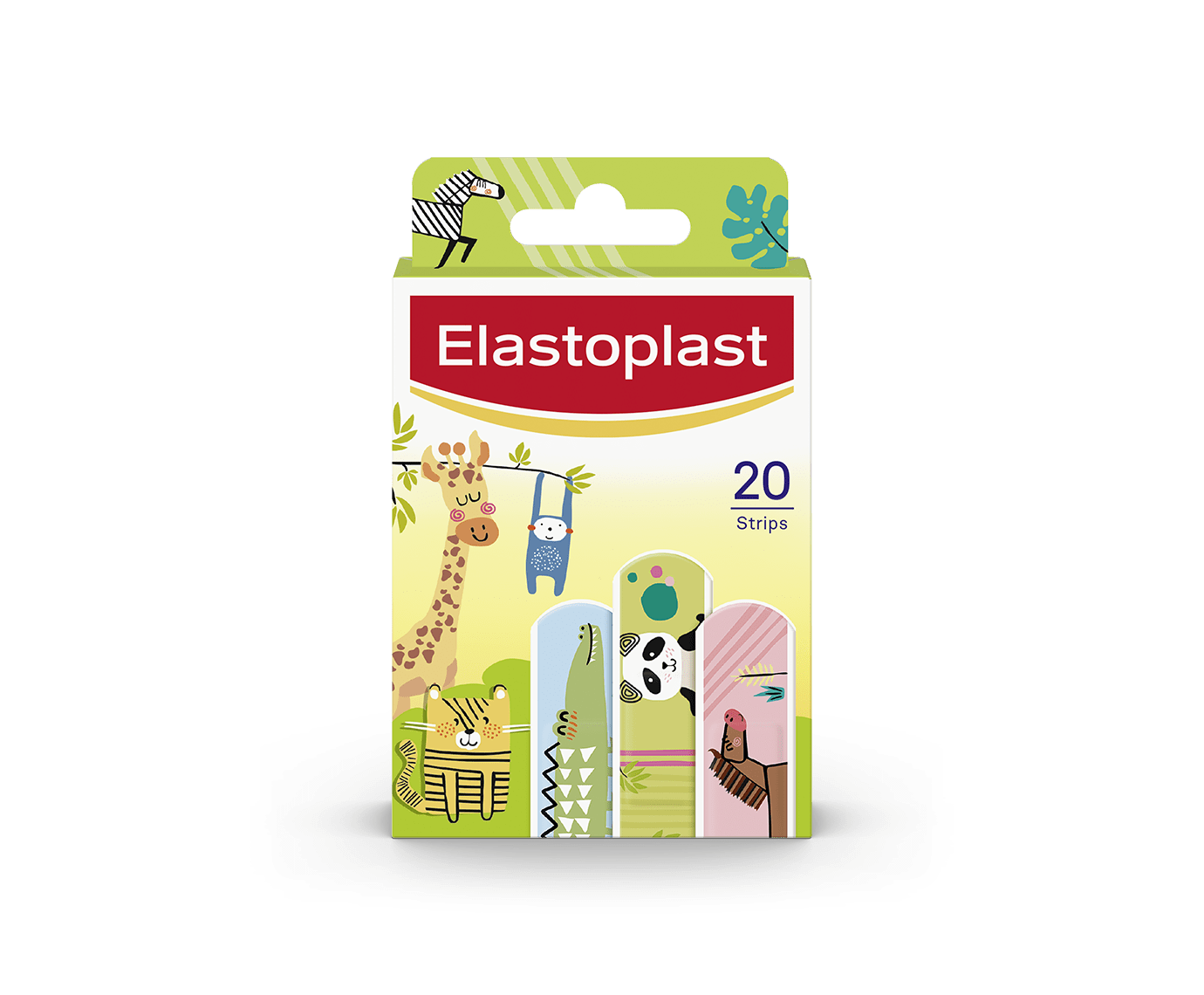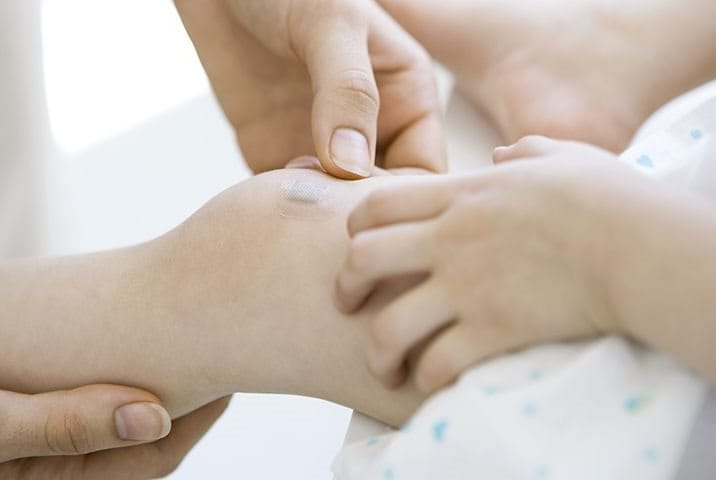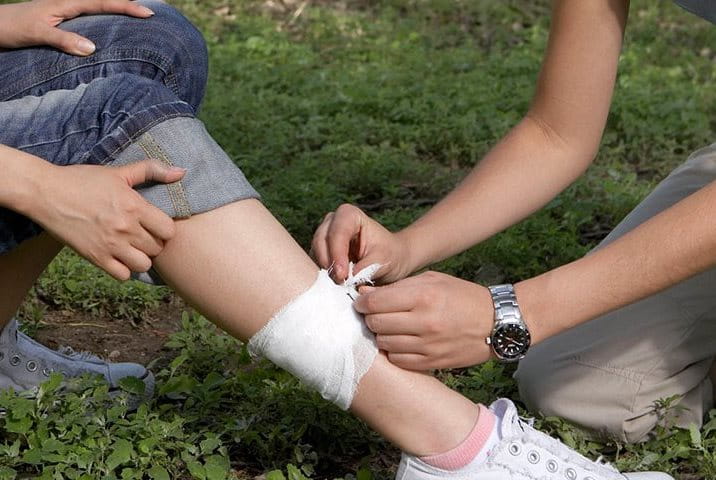Find out which supplies are essential for your first ait kit, so you can treat injuries like cuts, minor burns or a sprained ankle or wrist. Also learn what different supplies to include in a home, car and work first aid kit.
Find out which supplies are essential for your first ait kit, so you can treat injuries like cuts, minor burns or a sprained ankle or wrist. Also learn what different supplies to include in a home, car and work first aid kit.
What should be in a home first aid kit?
With more of us working from home, it's vital to have a well-stocked home first aid kit, as this will enable you to treat minor sprains or cuts and grazes, as well reduce the risk of wounds becoming infected. This kit should be well-organised so you can quickly find what you need. Your first aid kit or medicine cabinet should include these items:
- A thermometer (preferably digital for more accurate readings)
- A selection of painkillers and headache medication
- Sterile gloves to protect the person giving first aid, as well as stopping bacteria entering the wound
- Tweezers for extracting splinters and stings
- Scissors to cut medical tape, bandages, clothing
- Plasters in various sizes (Elastoplast offers a wide selection of plasters including water-resistant, extra-sensitive and child-friendly)
- Small, medium and large sterile gauze dressings
- Bandages and wound dressings (e.g. roller bandages, triangular bandages and tubular bandages)
- Fixation tape
- Cold medicine (decongestants, cough medicine, throat lozenges)
- Antidiarrheal medicines and oral rehydration salts
- Antihistamine tablets or cream for bites and allergic reactions
- Eye wash and at least two eye dressings
- Alcohol-free cleansing wipes
- Elastoplast Wound Spray to cleanse the wound and avoid infection
- Wound Healing Ointment to help speed the healing of cuts and burns
- Ice pack activated by shaking or bending (this will help reduce swelling and bruising or ease itching from stings and bites)
- First aid manual or instruction booklet so users are prepared and confident in providing treatment
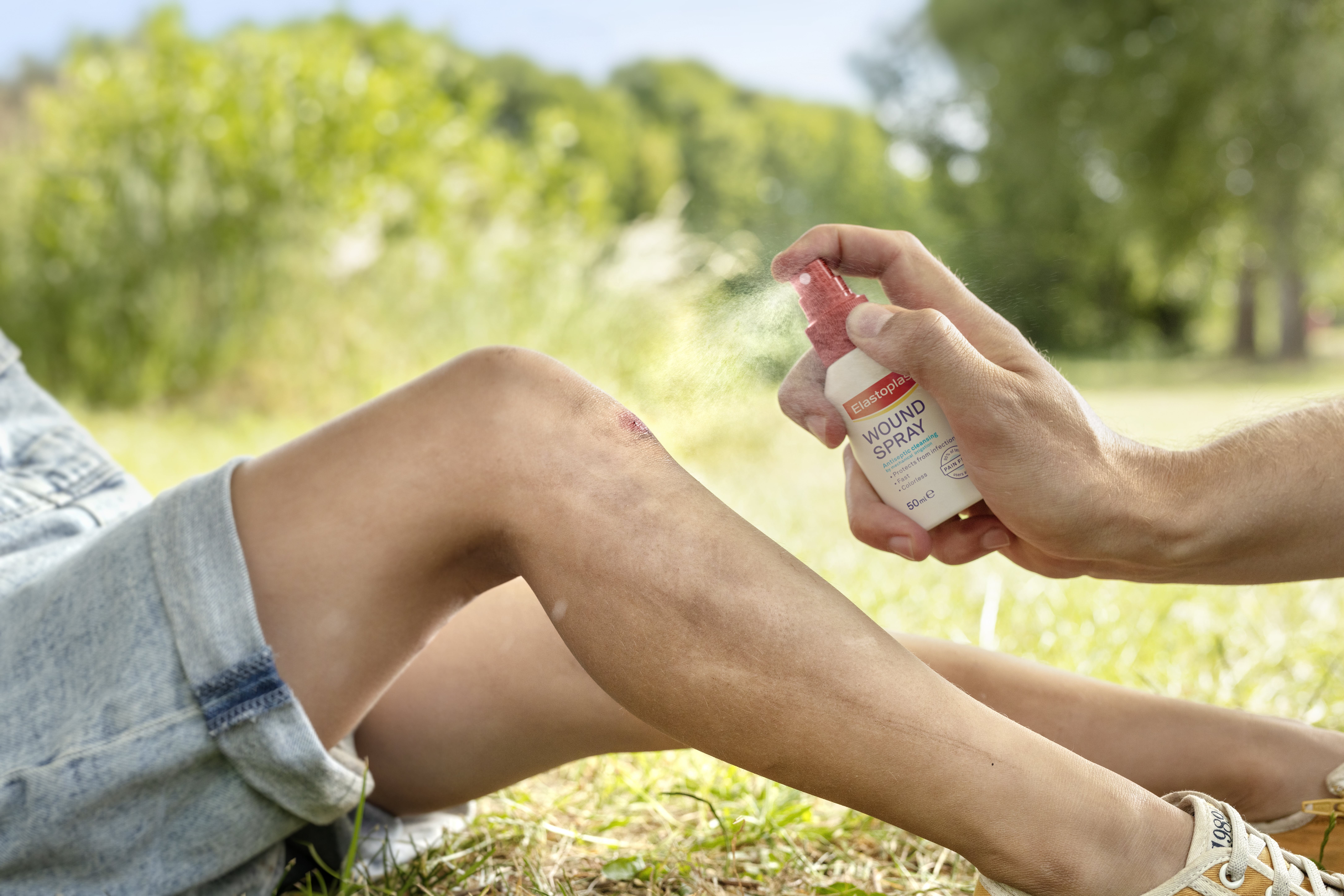
What should be in a car first aid kit?
Injuries are just as likely to happen in the car as they are at home, so having a first aid kit with you when you travel is advised. Your car first aid kit should contain the same products as your home kit with a few extras:
- Medicines for travel sickness & paper bags so you're prepared for any vomiting, particularly if you’re travelling with people prone to feeling queasy when travelling
- A blanket for warmth - useful if you find yourself breaking down on the motorway on a cold day
- An aluminium blanket to help retain body heat in emergency situations such as car crashes
- Wound Spray and Hand Sanitiser is going to be extra useful for your car first aid box if there’s no water available when you come to treat and clean a wound
- It’s also a good idea to keep water and non-perishable food, such as granola bars, in your car in case your intended journey takes a lot longer than anticipated. A turn in weather or traffic accident for instance could prolong your journey a considerable amount, so be prepared with food supplies
Store your car first aid kit in a cool area of your car as heat and sunlight can damage products. A box container may also be preferable to a bag to avoid items getting squashed.
What should be in a first aid kit at work?
As a guide, where work is low-risk (such as desk-based or office work), a minimum first aid kit should contain plasters, bandages, scissors, disposable gloves, adhesive tape, cleansing wipes and a face shield or pocket mask.
Tips for refreshing your medicine cabinet
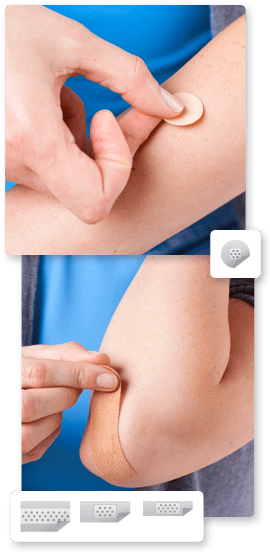
1. Store it in the right place
This may seem like a given, but you should always store your medication in a safe but easily accessible place and should always put it back there after use. Make sure that everybody in the household knows where the medicine kit or cabinet is located, but keep it out of reach of toddlers or small children. Keep your first aid kit in a cool, dry place that is locked up.
Also, keep your medicine cabinet organised for future use. Having to look for a package leaflet that’s flying around somewhere because you didn't return it to the package the last time you used that medication is unnerving.
2. Check for expiration dates and age specifications
Go through your medicine cabinet at least every six months and check the expiration date of each package. To be safe, throw out anything that has expired, as well as antibiotics that have not been used up completely. Don’t throw any of these in the rubbish, but return the products to your chemist or pharmacy so they can dispose of them safely and in an environmentally friendly way.
Also, check for age specifications and dosage recommendations on the medication intended for your children. The types of medications they can use change as they grow older, as does the dosage. Upgrade and stock up when and where necessary.
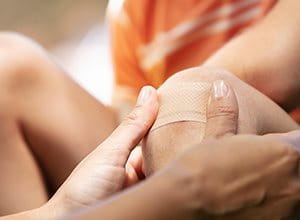

3. Check whether you have the right first aid bandages and products
Be prepared. Most accidents happen in the home or during sports activities, so make sure to have the right products to help you – for example, when you've cut yourself or sprained an ankle. Explore the Elastoplast range for especially convenient essentials and solutions, such as Water Resistant Plaster, which protects your wounds even in awkward places.
4. Put together a first aid kit for when you're on the move
Why should a medicine cabinet be stationary? It makes sense to gather a selection of products for your bag, especially if you’re going camping, hiking or another outdoor activity.
5. Calling sheet
This can be a crucial time-saver. Always keep emergency phone numbers such as your doctor and pharmacy, or for any hotlines (e.g. the poison hotline) in your medicine cabinet and first aid kit.
Elastoplast products for your medicine cabinet
Please note that none of the above given tips or recommendations substitute medical advice. Carefully read the instructions for use given in our products‘ packages. Important: consult a health professional in case of any uncertainity of treating your wound properly.
The information provided through this website should not be used to diagnose or treat a health problem or disease. It is not a substitute for professional care or advice. If you have or suspect a health problem, you should consult your doctor. Never disregard professional medical advice or delay in seeking it, because of something you have read on this website.
For further information regarding Elastoplast products, please contact us via email on consumer.relations.uk@beiersdorf.com. Carefully read the instructions for use given in our products‘ packages.





